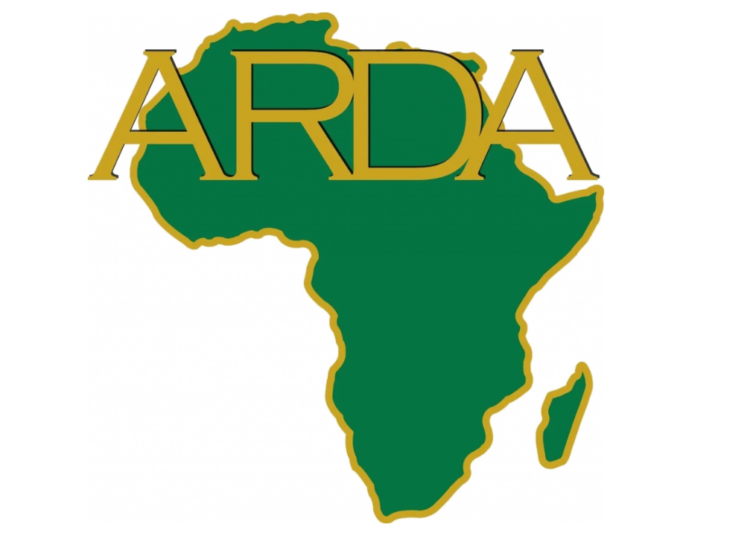African Refiners and Distributors Association (ARDA) has said the continent remains the lowest in per capita Liquefied Petroleum Gas (LPG) consumption despite huge resources.
ARDA disclosed this at an LPG Virtual Workshop, as the group stressed that displacing Charcoal with clean cooking would cost Africa about $7.5 billion for downstream infrastructure and stoves.
Executive Secretary of ARDA, Anibor Kragha said while Sub-Saharan Africa has 14.4 per cent of world’s population but has less than one per cent of global LPG consumption
“Many countries have little or no bulk handing facilities,” Kragha said.
He however noted that LPG consumption in Africa has more than doubled since 2010, noting that the consumption recorded 9.7 per cent annual growth rate over past decade.
While stressing that Nigeria remains largest LPG consumer, Anibor said LPG is fastest-growing petroleum product in Sub- Saharan Africa.
Vice President, LPG, Europe, Middle East and Africa at Argus, David Appleton said LPG remains critical to energy security in Africa.
He noted that safety, pricing, culture, finance are critical to the growth of the sector in Africa, stressing further that infrastructure development remained a key issue.
Appleton stated that investors in the sector needed return, adding that there must a way to de-risked investment as much as possible• while noting that the continent must think about long term investment, stating that there was a need for regulatory progress and consistency.
Senior Associate, Investments, African Finance Corporation, Moussa Dabo, who disclosed at the event that the firm has invested $10.5bn across 36 countries in Africa said there was need to improve governance and institution for Africa to attract investment.
Dabo noted that lenders are more comfortable lending to organisations that are willing to establish the best-in-class business practices
The Associate added that stability and practicability of cash flow could significantly help reduce cost of financing while driving more investment into LPG.
Speaking on security of supply, Dabo said: “Securing favorable, diversified and long term supply contracts with established global traders,” is necessary.
Dabo also urged players in the sector to
to recalibrating their capital structure before seeking financing, noting that equity injection in the business could help lower financing cost.
In a slide by Wagl Energy Limited, stakeholders at the company noted that the potential for LPG consumption in Africa could improve if the continent is committed to solving challenges in the areas of gas production that prioritize local market, shipping and storage as well as distribution to other end users.
The company insisted that an inadequate number of LPG vessels owned and managed by Sub- Saharan African companies is one of the infrastructure issues facing LPG growth in the region.
Decrying limited LPG storage facilities in the region, the organisation said several ports and jetties in Sub-Saharan Africa, particularly in places like Nigeria, also have draft restrictions, with their drafts tending to range
between 8 – 8.5m.
“For mega-sized vessels, the draft of their destination ports must not be less than 13 million.
This limits how much product the ports can import into their terminals,” it noted.
The company said of the three challenges, the greatest opportunity lies in solving the storage bottle neck as the Sub-Saharan region suffers from a severe lack of LPG storage facilities.
Nigerian Midstream Downstream Petroleum Regulatory Authority (NMDPRA) disclosed that the country is targeting over 20, 000 vehicle gas plants that would aid government to transition from premium motor spirit to gas for transportation.
The NMDPRA noted at the event that country is eyeing local consumption of five million metric tonnes of LPG as well as more than 30 million gas cylinders.
The regulator noted further that Nigeria has the potential for more than 1000 Virtual Pipelines Solutions & City Gate Gas Reception Terminals and over 20 Domestic Cylinder Manufacturing and accessory companies.
In a document titled “LPG as a Vehicle for Energy Security in Africa: Expediting Regulation, Infrastructure, and Financing,” the agency noted that growing population, urbanisation and regulatory support could push yearly growth of LPG to 18 per cent in Nigeria.
We’ve got the edge. Get real-time reports, breaking scoops, and exclusive angles delivered straight to your phone. Don’t settle for stale news. Join LEADERSHIP NEWS on WhatsApp for 24/7 updates →
Join Our WhatsApp Channel










